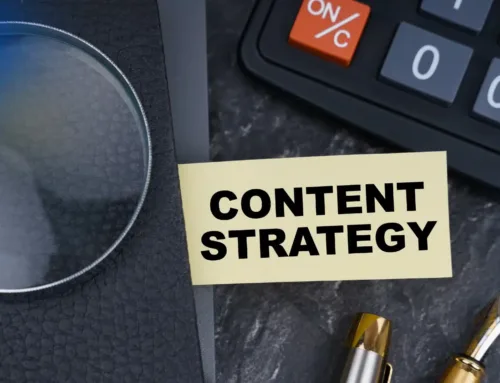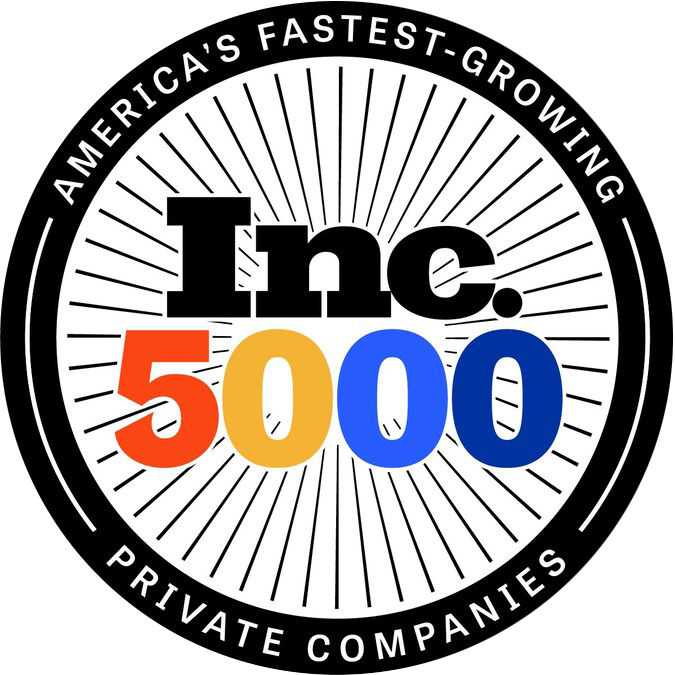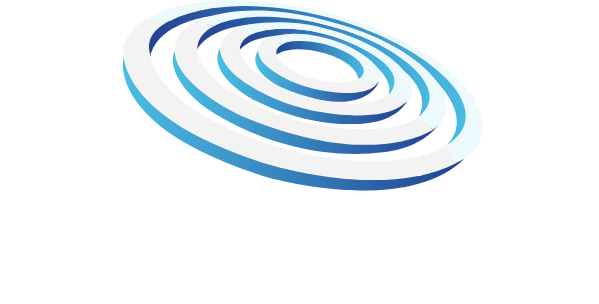Knowledge Gap, Semantics, and Entities
Semantic search has evolved even more, and search engines are better than ever at understanding query context and the relationships between words.
The goal of semantic search is for search engines to understand natural language queries better.
Knowledge Graphs help Google leverage structured data about topics and, using semantic data, populate its knowledge graph.
This creates opportunities for SEO professionals to create content on topics that could influence the graph and Google’s understanding of their content.
Here’s how to build content that better embraces semantic SEO:
- Choose a broad topic that’s relevant to your audience. For example, a pet adoption center might create a page about different dog breeds.
- Ask questions that will help you discern searcher intent. For example, the page on dog breeds might aim to answer “temperaments of different dog breeds” or “easiest dog breeds to train.”
- Once you understand searcher intent, create content that matches. Make your resource as rich and in-depth as possible.
- Create additional landing pages to satisfy other searches that match user intent.
- Focus on creating “complete guides” and other comprehensive pieces of evergreen content. Include relevant short- and long-tail keywords wherever appropriate.
Core Web Vitals
This rolled out last summer: Google’s Page Experience and Core Web Vitals is something that both technical and non-technical SEO professionals need to be on top of now.
Core Web Vitals are a new set of standards that Google will use to evaluate if a page provides a good user experience.
These metrics are:
- Largest Contentful Paint (LCP): Measures the speed at which a page’s main content is loaded. This should occur within 5 seconds of landing on a page.
- First Input Delay (FID): Measures the speed at which users are able to interact with a page after landing on it. This should occur within 100 milliseconds.
- Cumulative Layout Shift (CLS): Measures how often users experience unexpected layout shifts. Pages should maintain a CLS of less than 0.1.
Google has stated the minimum threshold for all Core Web Vitals must be met in order to benefit from the associated ranking signal.
Some of the key things to focus on include:
- The mobile experience.
- Image compression.
- Informational page content.
- Site speed and technical structure
Mobile-First Indexing
Google announced late in 2020 that mobile-first indexing is going to be the new norm. Mobile First has now arrived. This means that your ranking signals are now going to come from the mobile version of your site, not the desktop version.
Around 55% of all web traffic comes from mobile devices, which is only expected to increase. What you may not be aware of is that having a mobile-friendly site isn’t enough anymore – now you need to be “mobile-first.”
In other words, it’s time to stop thinking of mobile as an adjunct to your desktop site and start prioritizing your mobile SEO first.
Here are a few practical ways to improve your mobile SEO:
- Take the Mobile-Friendly Test.
- Fix broken links and incorrect redirects.
- Compress any uncompressed images.
- Remove unplayable content and blocked resources (e.g., JavaScript, CSS, specific images).
- Eliminate intrusive pop-ups and interstitials.
- Improve mobile usability (e.g., text size, viewport configuration, tap target size).
- Run an audit of your mobile site to find any additional site elements (e.g., structured data, title tags) you can optimize for mobile
Machine Learning and Automation
Machine learning is closely related to the topic of semantic search. It’s a way for search engines to make educated guesses about what ambiguous queries mean and to deliver better search results as a whole.
RankBrain and other machine learning systems examine user behavior to deliver the best search results possible. Unfortunately, what’s deemed best for one query might not be the best for another, making machine learning very difficult to optimize.
The best practice is to keep creating robust resources optimized for search and the user experience.
Beyond Google and its algorithms, machine learning and automation are becoming a powerful combination to SEOs, feeding real-time insights and automating repetitive tasks.
This can range from:
- SEO insights and audits.
- Content activation and syndication.
- Internal linking.
- Reporting.
- Automated website error detection and quick fixes.
GET TO THE TOP!
If you have questions or concerns about your online presence give Stratedia a call at 860.415.0430 or visit us online at stratedia.com. We‘re ranked Best as the top seo company CT by Clutch.co! Let Stratedia help you, GET TO THE




